De la mayor catástrofe en Cuba al Campeonato Nacional de Pesca Submarina 🇪🇸 🇬🇧
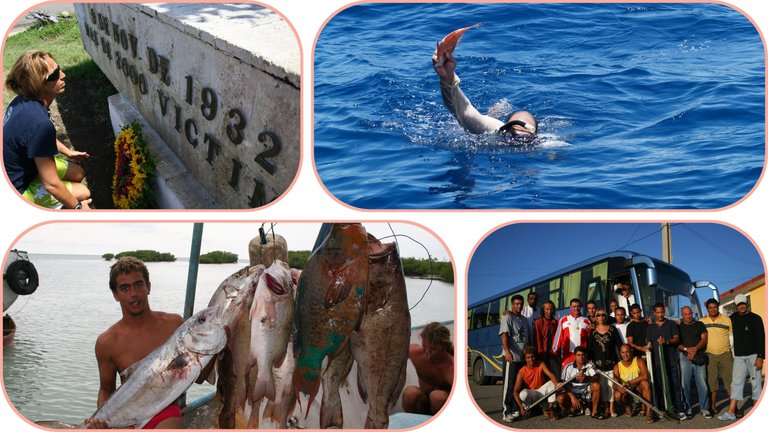
En la mañana del 9 de noviembre de 1932, un huracán de categoría 5, azotó con fuerzas el municipio Santa Cruz del Sur, en la provincia de Camagüey.
Nadie imaginó que ese mar, que los lugareños disfrutaban y les suministraba los frutos de la pesca diaria, sería el que penetrara con la fuerza del aire, a más de 20 kilómetros tierra adentro, destruyendo a su paso toda vivienda, y causando la muerte a más de 2000 personas, en menos de 3 horas.
Pues ese fue el lugar escogido para realizar el último Campeonato Nacional de Pesca Submarina en mi país.
Todo se planificó para que el equipo de pescadores de la capital, se trasladara a ese destino, del el 21 al 25 de agosto de 2007.
La competencia se hizo entre las dos filiales constituidas por la Federación Cubana de Actividades Subacuáticas: Habana y Camagüey. Con integración del equipo del combinado de pesca de ese lugar, sede del evento.
Recuerdo que llegamos a Santa Cruz del Sur después de las 11 p.m., donde a esa hora nos recibieron con gran afecto, y nos tenían preparado una comida bien exquisita con mariscos incluidos.
Tras pasar un grato momento y socializar, nos acostamos para reponer el cansancio de largas horas de traslado por carretera.
Al otro día, se inició la apertura del campeonato, algo que no se hacía en muchos años.
El lugar de la ceremonia oficial, fue donde se encuentra el monumento, en homenaje a las víctimas de esa gran tragedia. Nuestra presidenta de la federación, y recordista mundial de apnea, Deborah Andollo, portó una corona de flores en tributo a las personas fallecidas.
Aunque nunca le pregunté, estoy seguro de que habrá invocado también, para que no tuviésemos ningún contratiempo o un accidente durante nuestra actividad deportiva.
A las pocas horas, ya estábamos preparando condiciones para partir en 4 embarcaciones a la zona 82, llamada Cabeza del Este, donde los pescadores entrarían en acción.
Dentro de mi aseguramiento médico, siempre está el tener una ambulancia equipada en el punto más cercano y estratégico. Me llevé un walkie-talkie de largo alcance radial, para tener comunicación con mi equipo en tierra.
Llegamos a la zona escogida tras varias horas de travesía. El mar no estaba en condiciones idóneas, muy rizado por el viento y el mareo se hacía sentir abordo.
Nuestros cuerpos bañados de salitre, más el viento que soplaba, hacían del momento un lugar lleno de contrastes. Antes de caer la noche, nos reunimos para ultimar detalles. El comité deportivo y técnico expusieron las reglas, de esos 2 días de competición, con una duración de 4 horas de pesca cada día.
Por la parte médica, colegié el Expediente de Riesgos. Integrado por:
1- Levantamiento de riesgos:
- Características hidrográficas de la zona de pesca:
El mar no tenía la transparencia habitual. En días previos tuvimos afectación de un huracán por la parte Sur, y ello causó turbidez en el agua.
- Profundidad de la pesca:
De 18 a 28 metros de profundidad. Ello implica riesgo de accidentes por blackout, lesiones por organismos marinos, barotraumas, entre otros. Problemas que, en condiciones de mala visibilidad y en un mar agitado, son factores predisponentes.
- Pesca individual o en dupla:
Se acordó la pesca en solitario, no con otra persona. Esto fue algo que no esperé, y fue lo que más me estresó de esos días.
- Temperatura del agua:
Al ser un mes de verano. No había riesgo de hipotermia y los pescadores usarían traje de neopreno como protección.
2- Plan de medidas contra riesgos:
- Señalizaciones:
Se usaron bollas y banderas en las embarcaciones, para indicar que se estaba haciendo una actividad subacuática y marcar los límites de las zonas de competencia.
- Selección del personal:
Se escogieron a pescadores con permisos de pesca actualizados, y se les hizo llenar los formularios de declaración del estado de salud con sus antecedentes médicos.
- Planificación:
Previamente y de forma colegiada, se realizó la planificación de las medidas de seguridad para evitar accidentes. Cuatro embarcaciones y un bote con motor, estaban a nuestra disposición.
Se permitieron fusiles tanto de ligas como de aire comprimido. Este último fue el más usado por su potencia de impacto.
Cada pescador podía, para evitar arrastrar peso en su boya, darle las especies capturadas a los remeros de los botes destinados.
Algo de la captura:
Esos pescadores mostraban una gran habilidad y preparación psicofísica en su desempeño. Nunca vi en ninguno de ellos una muestra de temor o aprensión emocional.
En mi caso, era todo lo contrario; yo veía todo desde mi prisma, basado en las condiciones del medio y lo estipulado de una pesca en solitario.
Una zona de pesca comercial, en aguas algo turbias, es más atrayente a los tiburones. Los pescadores no pueden ver bien, y estos pueden venir sin que ellos se den cuenta.
Un blackout, una contractura, o cualquier problema de salud a esa profundidad, sin tener una persona a tu lado como pareja de pesca, es muy peligroso. Si a eso le sumas la falta de transparencia del agua, es un boleto casi seguro a la muerte por ahogamiento.
En caso de necesitar hacer un traslado por un problema médico o un accidente, sería engorroso. La distancia, usando esas embarcaciones, del lugar de pesca a tierra, tomaría varias horas; y hacer despegar un helicóptero, necesita una gestión valorada a nivel militar, algo que también demoraría o no fuera viable.
Pero nada pasó, y una vez que sonó el silbato de culminación del segundo día de pesca, a esa hora fue que empecé a relajarme.
Premiaciones:
La medalla de oro fue para un integrante del equipo Habana, la plata para un pescador de la filial de Camagüey, y el bronce para un miembro del equipo del combinado de pesca de Santa Cruz del Sur.
No podíamos clausurar el éxito, agradecer la atención que recibimos, y el lindo ambiente de armonía que se gestó esos días, sin llevarnos el recuerdo de una foto colectiva entre los equipos competidores.
Al llegar a la Habana, el ómnibus estacionó frente a casa de Deborah. Ahí nos bajamos para estirar las piernas y tomarnos la última foto con nuestro equipo.
Hasta la fecha, no se ha realizado otro evento nacional de pesca submarina en Cuba. Los que vivimos esa linda experiencia deportiva, pudimos sentir el dolor que aún palpita en las familias y en el alma de todo Santa Cruz del Sur.
Una tragedia que 66 años después, el 8 de noviembre del 2008, casi se replica, con el paso del huracán Paloma. Por suerte, las familias accedieron a evacuarse previamente y no se sufrió ninguna pérdida humana.
Espero que les haya gustado esta historia. De cómo un evento deportivo fue abrazado por ese mar, que, 74 años antes, se lanzó junto a la furia de los vientos huracanados, para causar la tragedia ambiental más grande de nuestro archipiélago.
Gracias a los que me leyeron.
From the biggest catastrophe in Cuba to the National Spearfishing Championship

On the morning of November 9, 1932, a category 5 hurricane hit the municipality of Santa Cruz del Sur, in the province of Camagüey.
No one imagined that this sea, which the locals enjoyed and supplied them with the fruits of their daily fishing, would penetrate with the force of the air, more than 20 kilometers inland, destroying every house in its path, and causing the death of more than 2000 people in less than 3 hours.
Well, that was the place chosen to hold the last National Spearfishing Championship in my country.
Everything was planned so that the team of fishermen from the capital, moved to that destination, from August 21 to 25, 2007.
The competition was held between the two branches set up by the Cuban Federation of Underwater Activities: Havana and Camagüey. With the integration of the team of the fishing center of that place, venue of the event.
I remember that we arrived at Santa Cruz del Sur after 11 p.m., where at that time we were received with great affection, and they had prepared an exquisite meal for us, including seafood.
After spending a pleasant time and socializing, we went to bed to recover from the fatigue of long hours of travel by road.
The next day, the opening of the championship began, something that had not been done in many years.
The place of the official ceremony was where the monument in tribute to the victims of this great tragedy is located. Our federation president, and freediving world record holder, Deborah Andollo, carried a wreath in tribute to the deceased.
Although I never asked her, I am sure she also prayed that we would not have any mishap or accident during our sport activity.
A few hours later, we were already preparing conditions to leave in 4 boats to zone 82, called Cabeza del Este, where the fishermen would go into action.
Within my medical insurance, it is always necessary to have an ambulance equipped at the closest and most strategic point. I took a walkie-talkie long-range radio to communicate with my team on land.
We reached the chosen area after several hours of crossing. The sea was not in ideal conditions, very rough due to the wind and the seasickness was felt on board.
Our bodies bathed in saltpetre, plus the wind that was blowing, made the moment a place full of contrasts. Before nightfall, we met to finalize details. The sports and technical committee explained the rules of these 2 days of competition, with a duration of 4 hours of fishing each day.
On the medical side, I collegiated the Risk Record. Composed of:
1- Risk assessment:
- Hydrographic characteristics of the fishing area:
The sea did not have the usual transparency. In previous days we were affected by a hurricane on the south side, and this caused turbidity in the water.
- Fishing depth:
From 18 to 28 meters deep. This implies risk of accidents due to blackout, injuries caused by marine organisms, barotraumas, among others. Problems that, in conditions of poor visibility and rough seas, are predisposing factors.
- Single or double fishing:
It was agreed to fish solo, not with another person. This was something I did not expect, and it was what stressed me the most about those days.
- Water temperature:
Being a summer month. There was no risk of hypothermia and fishermen would wear wetsuits for protection.
2- Plan of measures against risks:
- Signs:
Bollards and flags were used on the boats to indicate that an underwater activity was taking place and to mark the boundaries of the competition zones.
- Personnel selection:
Fishermen with current fishing permits were chosen, and were made to fill out health status declaration forms with their medical history.
- Planning:
Previously and collegially, the planning of safety measures to avoid accidents was carried out. Four boats and a motor boat were at our disposal.
Both rubber bands rifles and pneumatic spearguns were allowed. The latter was the most used due to its power of impact.
Each fisherman could, to avoid dragging weight on his buoy, give the species caught to the rowers of the destined boats.
Some of the catch:
These fishermen showed great skill and psychophysical preparation in their performance. I never saw in any of them a sign of fear or emotional apprehension.
In my case, it was quite the opposite; I saw everything from my prism, based on the conditions of the environment and the stipulations of a solo fishery.
A commercial fishing area, in somewhat murky water, is more attractive to sharks. The fishermen can't see well, and they can come without them noticing.
A blackout, a contracture, or any health problem at that depth, without having a person by your side as a fishing partner, is very dangerous. If you add to that the lack of transparency of the water, it is an almost certain ticket to death by drowning.
In case of needing a transfer due to a medical problem or an accident, it would be cumbersome. The distance, using those boats, from the fishing place to land, would take several hours; and to take off a helicopter, needs a management valued at military level, something that would also take time or would not be feasible.
But nothing happened, and once the whistle blew for the culmination of the second day of fishing, it was at that time that I started to relax.
Awards:
The gold medal went to a member of the Habana team, silver to an angler from the Camagüey branch, and bronze to a member of the fishing center team from Santa Cruz del Sur.
We could not close the success, thank the attention we received, and the beautiful atmosphere of harmony that developed during those days, without taking the memory of a collective photo among the competing teams.
When we arrived in Havana, the bus parked in front of Deborah's house. There we got off to stretch our legs and take the last picture with our gear.
To date, there has not been another national spearfishing event in Cuba. Those of us who lived that beautiful sporting experience could feel the pain that still throbs in the families and souls of all of Santa Cruz del Sur.
A tragedy that 66 years later, on November 8, 2008, was almost replicated with the passage of hurricane Paloma. Fortunately, the families agreed to evacuate beforehand and no human loss was suffered.
I hope you liked this story. Of how a sporting event was embraced by that sea, which, 74 years earlier, threw itself together with the fury of the hurricane winds, to cause the greatest environmental tragedy of our archipelago.
Thanks to those who read me.

Separador. De uso libre por/Text divider. Free use from @eve66
Fuente de Datos históricos/Historical Data Source: Ecured
Fotos propias. Cámara usada/Own photos. Camera: Canon IXUS 175
Texto por/Text by Andrés Brunet
Gracias por leer/Thank you for reading
Bienvenidos sus comentarios/Welcome your comments
¡Saludos infinitos!/Infinite greetings!
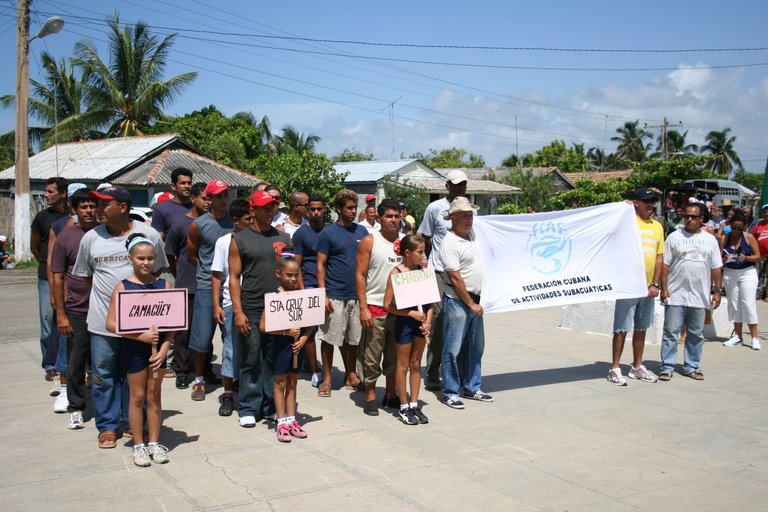
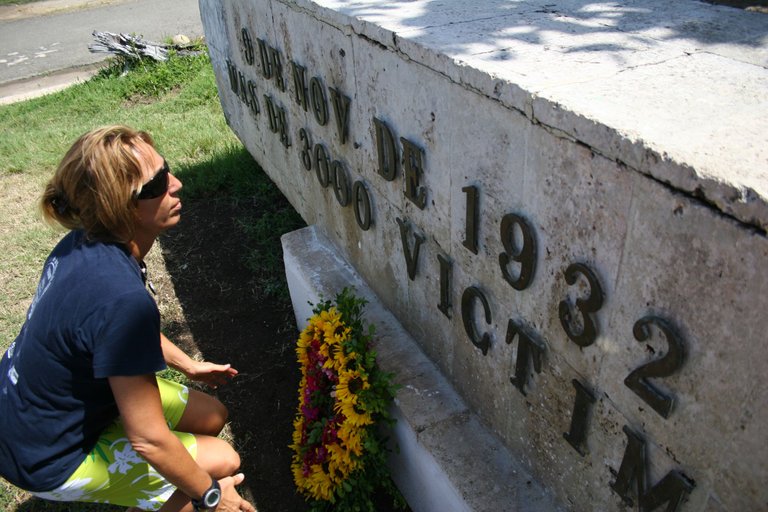

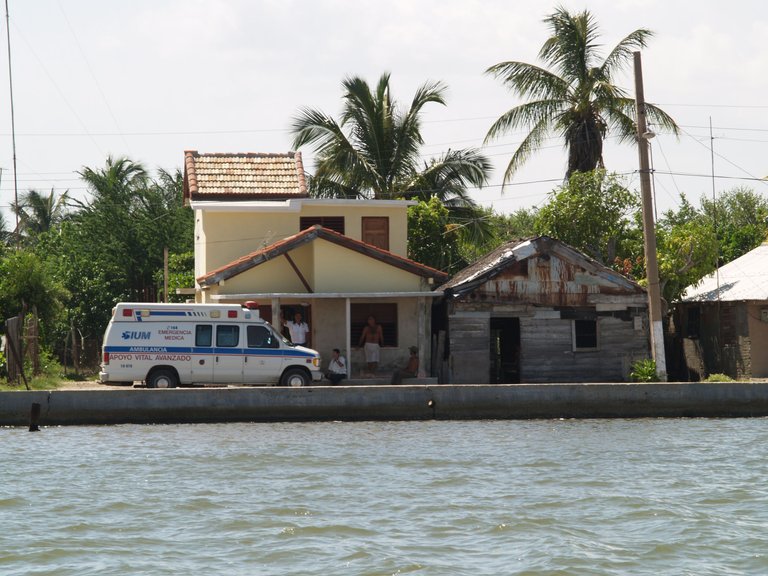
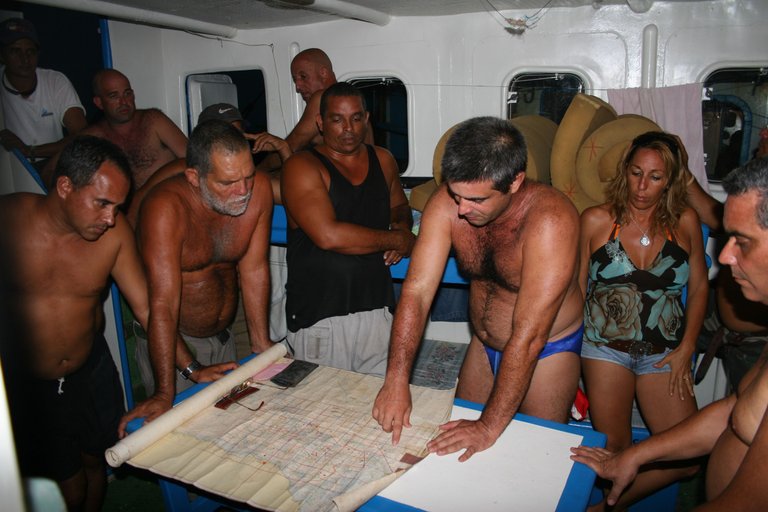


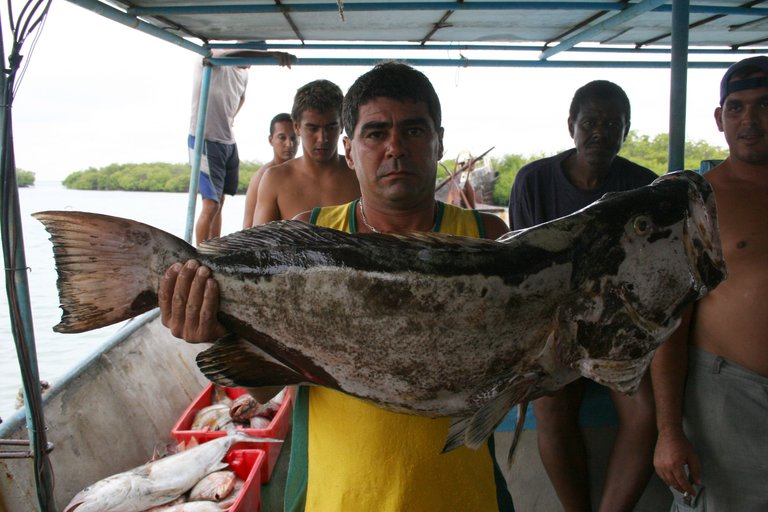
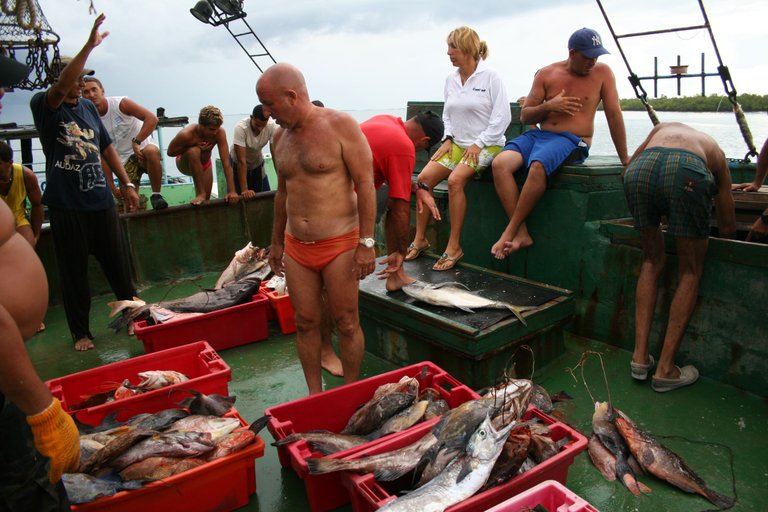
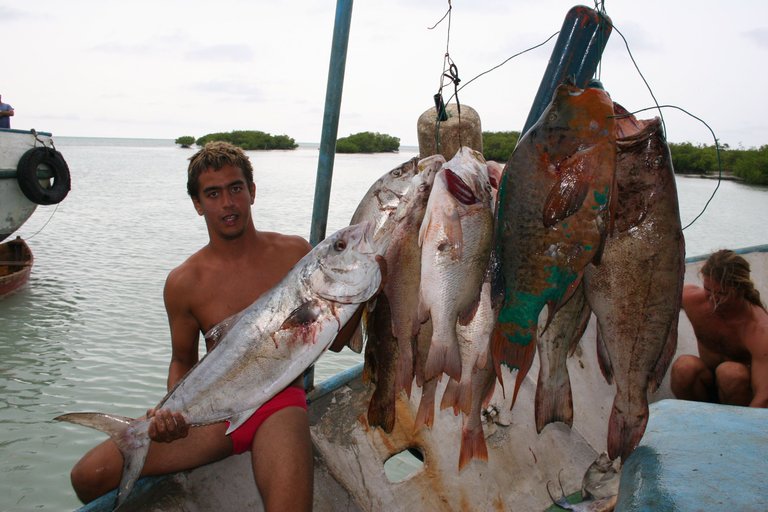
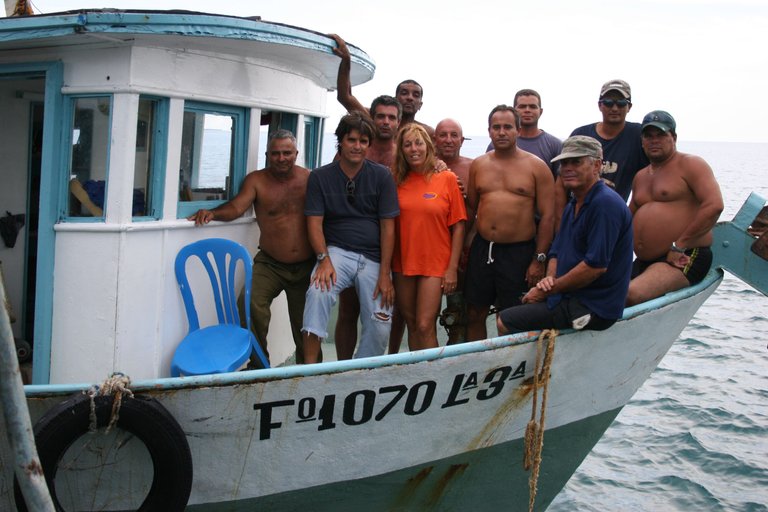
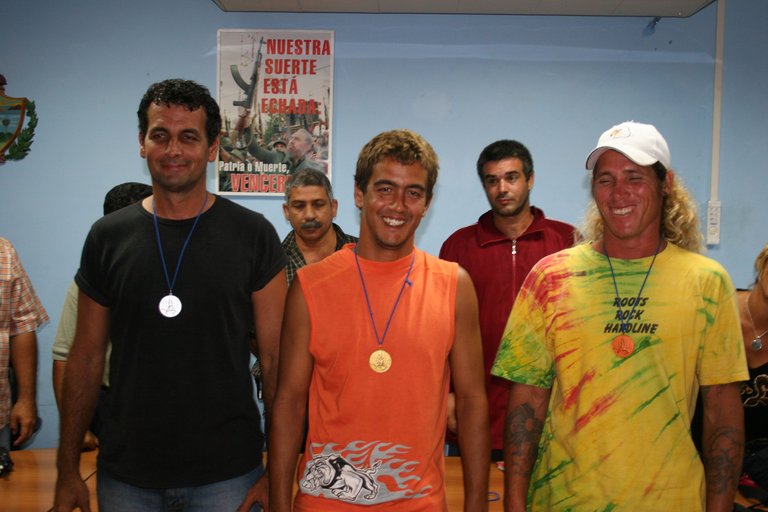
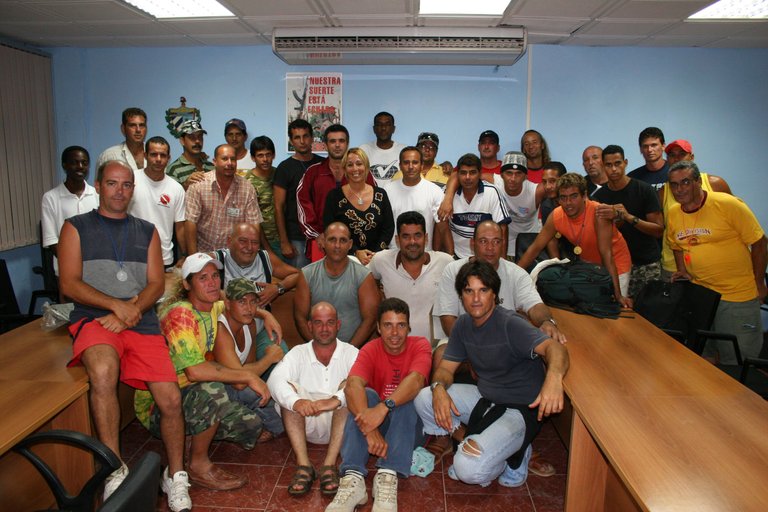
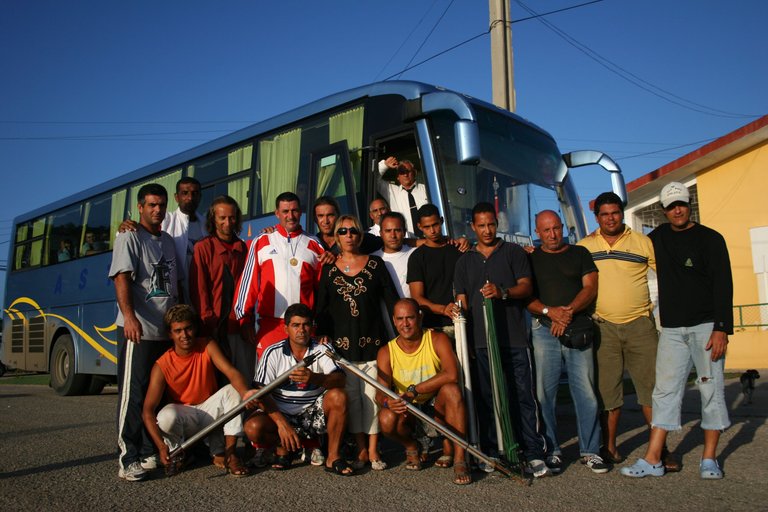
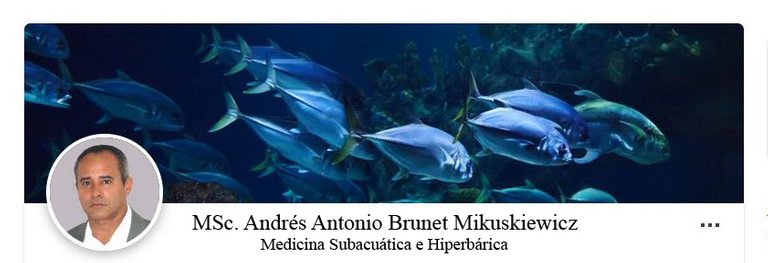
He disfrutado con la lectura de su post, tanto por mi apasionamiento por la pesca, como por la historia que se cuenta. Saludos
Hola. Si fue así mejor todavía. Un post que imbrica dos historias bien dispares, interesantes, reales y que se unen por un medio común: el mar. Gracias por comentar. Saludos